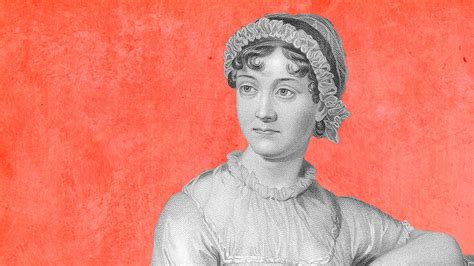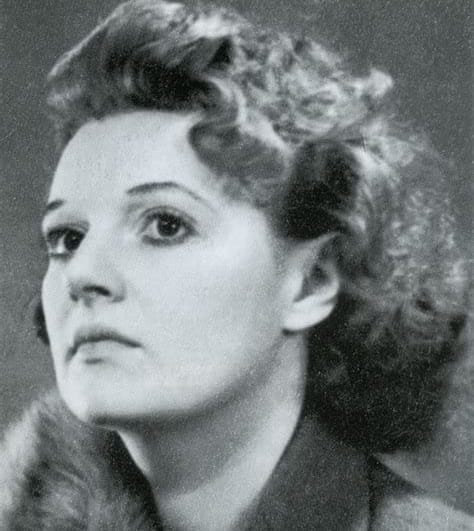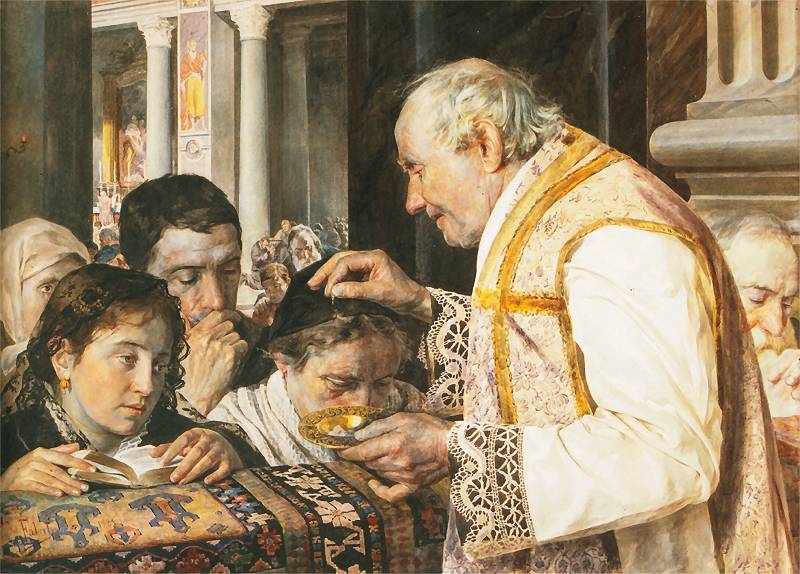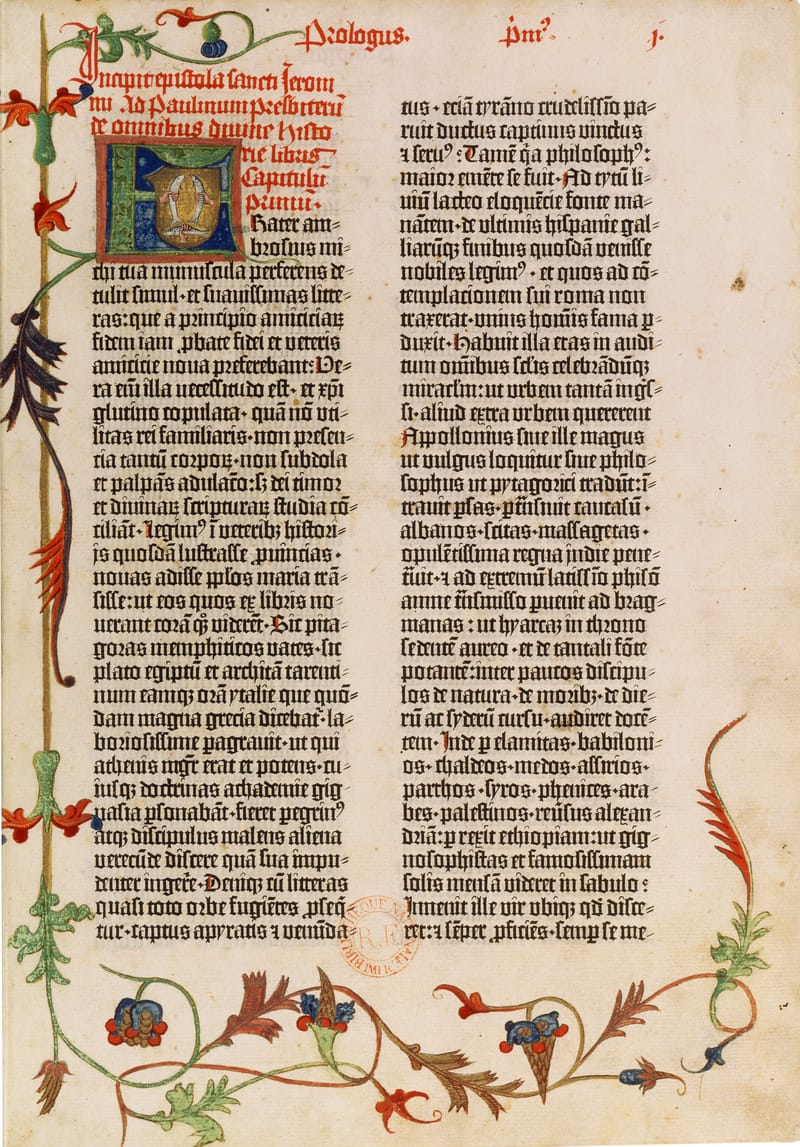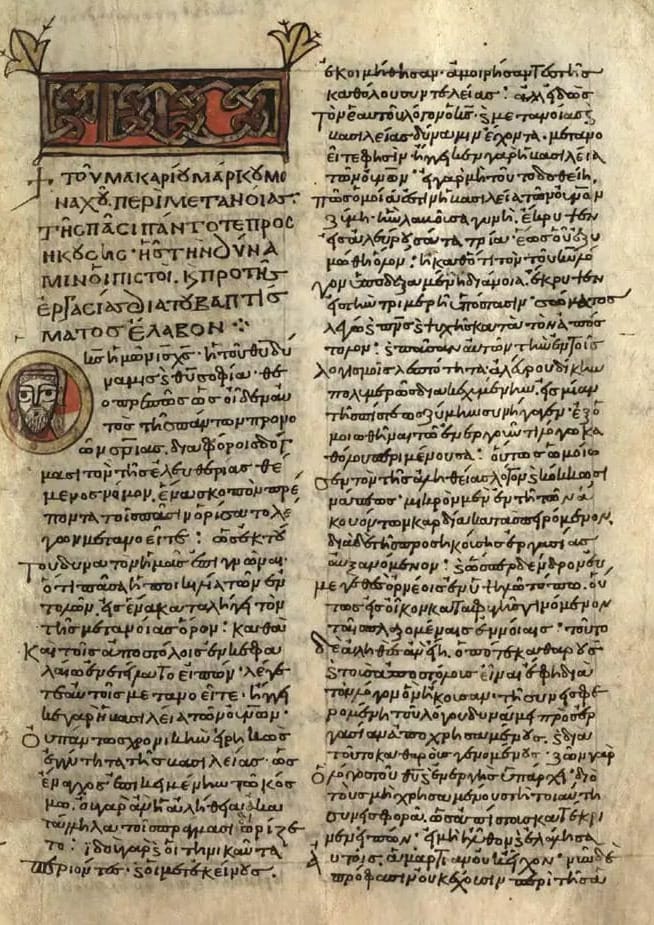Jane Austen (1775-1817) is one of the finest and best-loved novelists in the English language. Catholics can learn a lot from her finely crafted character studies of Regency era gentry. They are penetrating studies of the subtleties of commonplace virtue and vice. They are also informed by Austen’s Christian faith.
In part one of this interview, Dwight Lindley picked some books to help the Catholic reader get the most out of Jane Austen (1775-1817), one of the finest and best-loved novelists in the English language. Here is the second part.
Dwight Lindley is the Barbara Longway Briggs Chair in English Literature at Hillsdale College. He has published essays and articles on Jane Austen, George Eliot, John Henry Newman, Gerard Manley Hopkins, Virginia Woolf, and others. He lives in southern Michigan with his wife Emily and their nine children.

- Jane Austen's Anglicanism
by Laura Mooneyham White - A Memoir of Jane Austen and Other Family Recollections
by J. E. Austen-Leigh - Jane Austen and Her Art
by Mary Lascelles
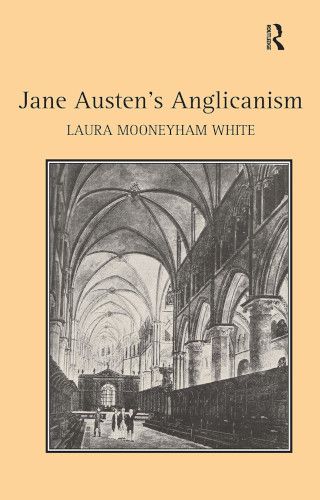
1.
The first book you mentioned for an extended short list is Jane Austen’s Anglicanism by Laura Mooneyham White.
It is really from that book that I fully realised what I already described a little bit: that Jane Austen’s Anglicanism was pre-Victorian and pre-higher-criticism. Higher-criticism is that particularly German school of Biblical criticism which challenged the faith of so many. She is just before all of that and, in a certain sense, from a more innocent age: not exactly morally innocent, but without any of the terrific doubts of the epistemological kind that developed later. Mooneyham White builds that out because she sees that we tend to misunderstand Jane Austen by applying those later lenses to her and because this is a kind of Anglicanism that is long gone. So, she tries to put us back in that world.
What would Jane Austen have been taking for granted? Mooneyham White goes through the kinds of sermons, for example, that Jane Austen’s father and brothers were reading and preaching to see what kind of moral instruction and religious imagination were in the air in that upper-middle-class Anglican world.
This book really fills that out, and her understanding of hierarchy within the Church, as well as liturgy. There is also an analysis of her prayers, some of which have been published.
Perhaps the fact that she came from a family of clerics give her special insight into their foibles. She satirises foolish clerics such as Mr. Collins or the snobbish Mr Elton (Emma). But she also has examples of virtuous clerics such as Edmund Bertram (Mansfield Park) or Dr. Shirley (Persuasion). She sees both sides of the picture.
Yes, I think that is right. As Newman would say, there are things that we could wish were present even in her best clerics. Nevertheless, she has a sharp eye for the blind spots and moral failings that a clergyman could fall into, especially in comfortable, gentrified, pastoral setting where you have a living and there are people who are just taking care of you. I live in a small town of 8000 people. We have one parish in this town. It is the only parish in the entire county. So, our priest is actually well taken care of in a certain sense. Everybody loves and depends upon him, and brings some food all the time. It is not comparing apples to apples. It is comparing him with an eighteenth-century beneficed cleric. But there are some analogies and certain kinds of dangers. Austen is very sensitive to that.
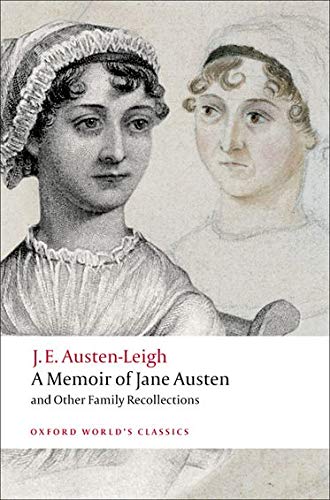
2.
You have also recommended A Memoir of Jane Austen and Other Family Recollections by J. E. Austen-Leigh, her nephew. What insights can be gained from this book?
It is by her nephew, the son of her eldest brother. What I like about this book and find helpful is that it shows us how she was seen within her family. Austen-Leigh goes around, collects all the memories that he can find about her, and weaves them into his narrative and description of her character. The things they cared about and admired are different than from what we sometimes admire. Going back and seeing her from the period and from within her own family can give us a door into her own world and pull away some of the blinders we might have.
Her family was very deep in Tory politics. She was not a particularly political person, but everyone around her had a traditionalist mindset about politics, culture, hierarchical order, both within the Church and outside of it. There were unquestionable strata of society that have the wisdom of the ages built into them, she would have said.
Each of them mentions her faith and her piety. But they mention it as something that was always present, without being heavy-handed.
You see the degree to which she, Jane Austen, was defined by her family and her devotion to it. Her letters were largely written to her family members. They were just the most important people in the world to her.
There is also a good description in this book of her religious beliefs. Everyone always mentions them. There are various memoirs in this book. They are all from family members. Each of them mentions her faith and her piety. But they mention it as something that was always present, without being heavy-handed. That is important, especially at the end of her life.
She had a kind of dyed-in-the-wool appreciation for the ways in which the ways in which society presumed upon natural law and the received opinions of the ages which had carried wisdom
Earlier you mentioned how Jane Austen is a sort of Aristotelian novelist. From this memoir, she seems also to be a sort of Burkean by osmosis.
Yes, I think that's true. She was very Burkean, in the sense we get from his book on the French Revolution. She had a kind of dyed-in-the-wool appreciation for the ways in which the ways in which society presumed upon natural law and the received opinions of the ages which had carried wisdom. That was all second nature to her.
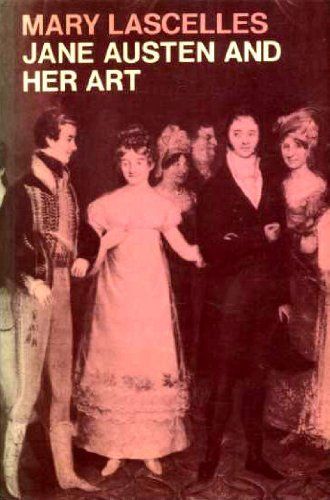
3.
Finally, there is Jane Austen and Her Art by Mary Lascelles. This book was originally published in 1939 and applied detailed historical scholarship with literary criticism. Does it stand the test of time?
Oh yes! I think it has gotten better with time, partially because some subsequent scholarship has gotten too highfalutin and overcomplicated. In a certain sense, what I like about Lascelles is that she appreciates the most basic things about Austen—especially her influences—and looks into them with care and specificity: the way that she uses things as simple as syntax, diction, irony, and literary genres such as satire and wit, to make the world that she is imagining.
Subsequent critics have written many good books and things about Jane Austen. But I think that the freshness and eloquence of this earlier volume is hard to beat and that it is a good way for appreciators of Austen who want to think a little bit more carefully about her literary quality.
One of the things that Lascelles does well is that she goes to some of Jane Austen’s favourite writers, such as Samuel Johnson, who was her favourite prose nonfiction writer and moralist. She goes to Johnson, brings out some relevant texts, goes back and forth between him and Austen, and talks very insightfully about how we see this ingested and expressed in an Austen novel. She really opens up Austen's imagination that way.

